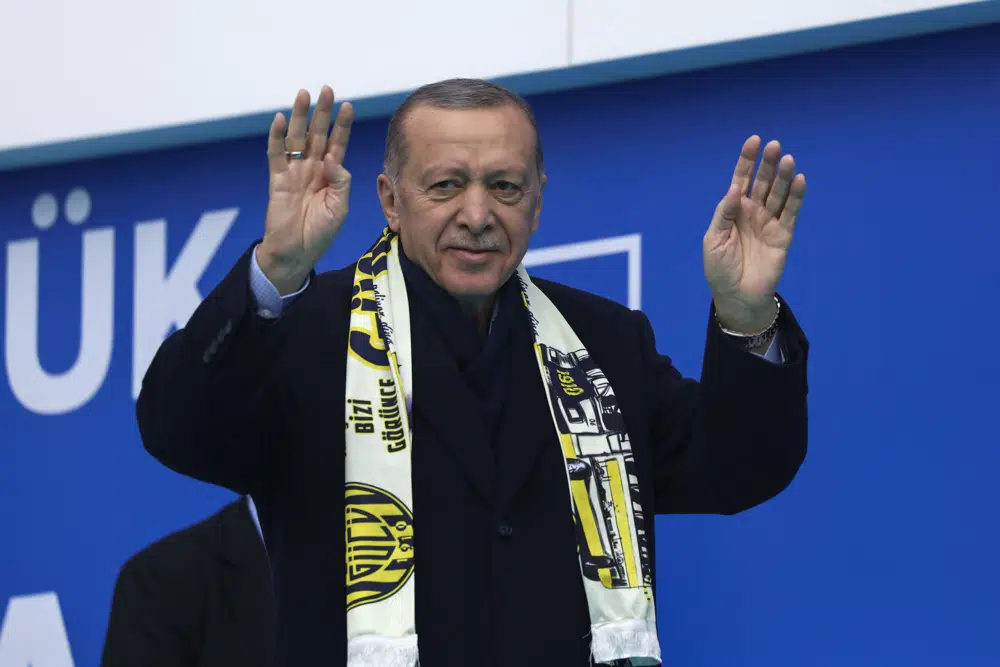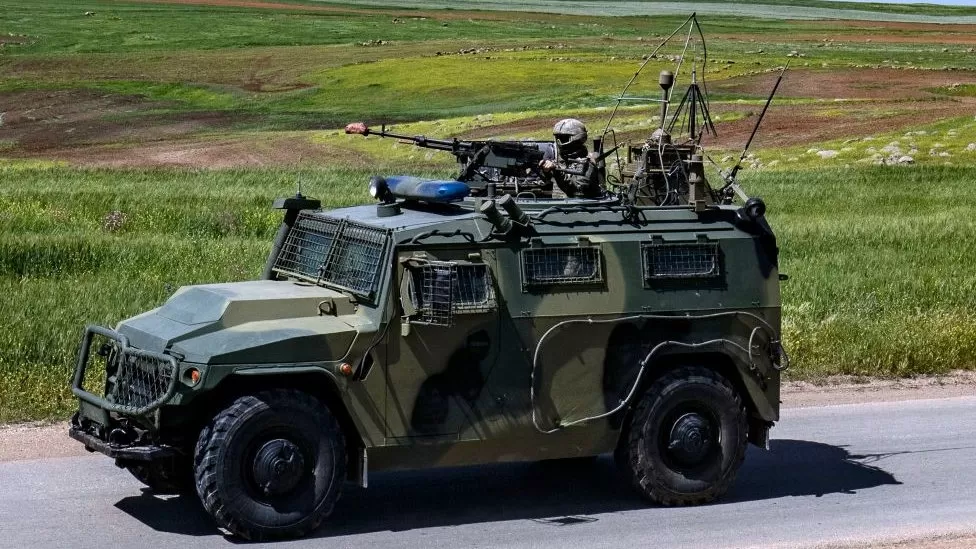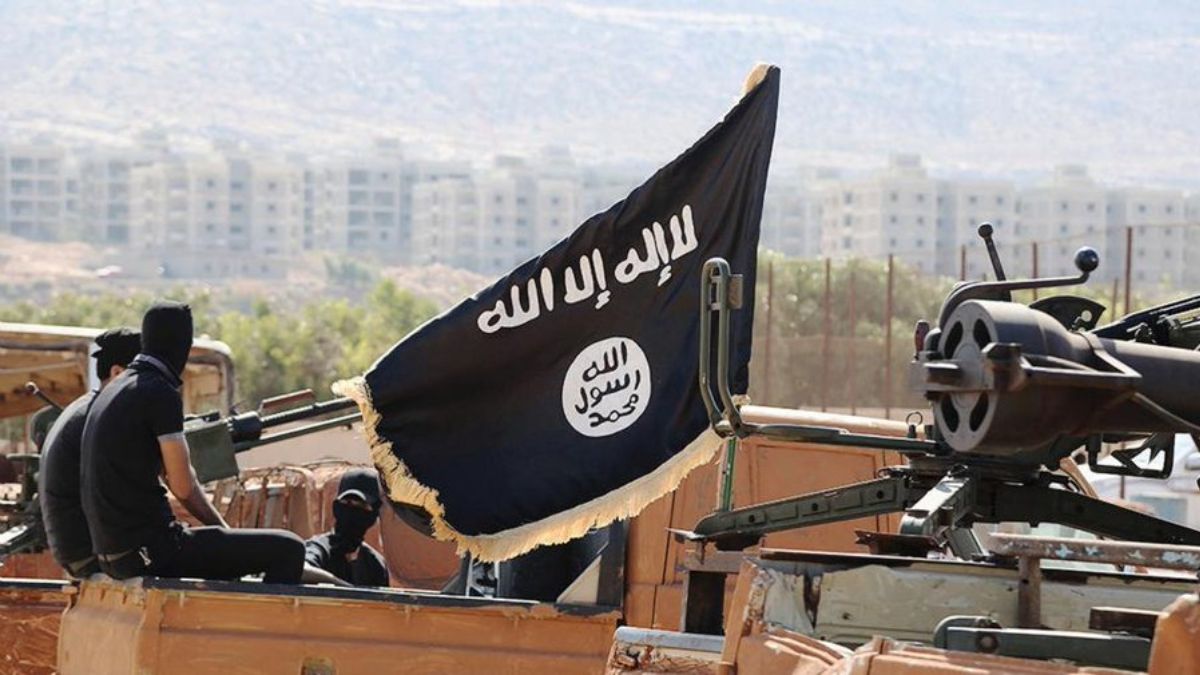Turkey’s forces killed Abu Hussein al-Qurayshi, who was named as the successor after the militant group’s former leader was assassinated in October. An IS spokesman referred to him as “one of the veteran warriors and one of the loyal sons of the Islamic State.”
Recep Tayyip Erdogan, the president of Turkey, announced late Sunday that Turkish forces had killed the commander of the Islamic State organisation during an operation in Syria. In an interview with TRT Turk, Recep Tayyip Erdogan said that an attack on Saturday killed the IS leader, also known by the codename Abu Hussein al-Qurayshi. Erdogan claimed that MIT, the Turkish intelligence service, has been keeping tabs on him “for a long time.”
Erdogan stated in the interview that they will keep up their fight against terrorist organisations without making any distinctions against them.

Along the Syrian border, Turkey has carried out numerous operations against IS and Kurdish groups, seizing or killing suspected militants. Large areas of northern Syria are under its control after a series of ground invasions to force Kurdish groups out of the Turkish-Syrian border.
US Military Raids ISIS
Abu Bakr al-Baghdadi, the leader of the Islamic State, was apprehended by American soldiers in a raid in northwest Syria in October 2019. In a similar operation in February 2022, his successor Abu Ibrahim al-Hashimi al-Qurayshi was assassinated. Abu al-Hassan al-Hashimi al-Qurayshi, who the U.S. military claims was killed in a Syrian opposition offensive in the southern province of Daraa in mid-October, came after him.
About ten years ago, the Islamic State group split from al-Qaida and came to dominate significant parts of northern and eastern Syria as well as northern and western Iraq. The militants’ so-called caliphate was proclaimed in 2014, drawing followers from all around the world.
They claimed responsibility for attacks that left hundreds dead or injured in the years that followed before facing opposition from several angles. The remaining patch of territory the jihadists once controlled in Syria’s eastern province of Deir el-Zour, which borders Iraq, was taken by Syrian fighters with U.S. support in March 2019.
Jandaris: Site of ISIS Leader’s Death
According to local and Syrian security sources, the raid in which Qurashi was gunned down took place in the village of Jandaris in northern Syria. The town is governed by rebel organisations that Turkey supports, and it was also one of the areas most severely hit by the earthquake that struck both Turkey and Syria on February 6.

The Syrian National Army, a security agency supported by the opposition, did not make a statement in this regard. The Syrian National Army continues to be present there.
According to a local, the violence broke out on the outskirts of Jandaris during the night between Saturday and Sunday. There was a significant explosion after these conflicts had been going on for almost an hour.
Security personnel soon surrounded the area and forbade anyone from going near it.
ISIS: From Power to Defeat
Abu Bakr al-Baghdadi served as the Islamic State’s leader throughout its zenith. In 2014, the group advanced to the point where it could fully control large portions of Syria and Iraq.
Over a vast area that was home to millions of people, Baghdadi had established an Islamic Caliphate.
After American-backed forces in Syria and Iraq launched operations against them, the Islamic State began to lose control over these areas. Syria’s government of Bashar al-Assad also launched an operation against the IS around the same time. Russia, Iran, and other paramilitary forces supported Assad’s soldiers.

Even if the majority of the remaining Islamic State terrorists have retreated to the isolated interiors of Syria and Iraq, they are still capable of committing significant hit-and-run attacks. The Syrian Democratic Forces, a coalition commanded by Kurdish forces and supported by an alliance led by the US, are still conducting attacks against IS fighters in Syria.













